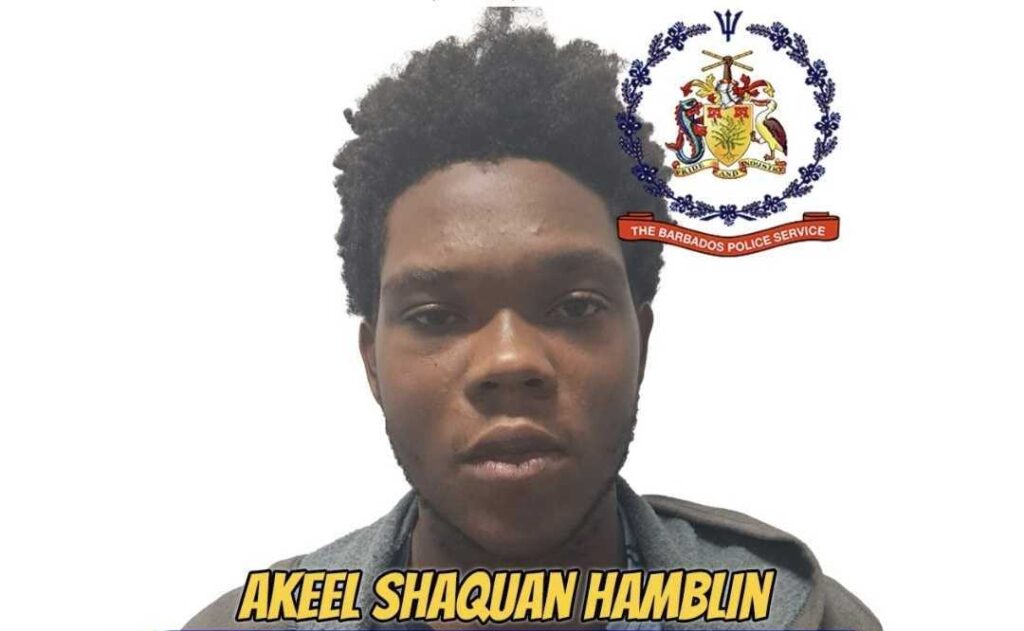Barbados Light & Power Company Limited has entered the Atlantic hurricane season better equipped, better stocked, and with a renewed focus on strengthening communication and coordination with communities and emergency partners, a senior official has said.
Director of Operations Johann Greaves told reporters on Wednesday that while the utility’s performance during last year’s Hurricane Beryl was commendable, there are still critical areas—particularly public information and telecom pole management—where improvements are being pursued.
“Every year after any event, and at the end of the season, what we normally do is a review of the season,” he said following a press briefing at BL&P’s Maynards substation in St Peter on Thursday.
“To look at what areas we may have fallen down in, what areas are there for improvements as we go forward. Communication is one of the areas that we have been working to improve, in terms of the amount of information that we can provide to customers and also the means by which we can provide it to customers.”
Greaves noted that in an outage scenario, especially after a hurricane, social media alone is not enough.
He said: “Recognising that most persons, if you say you put it on social media… if persons are without power, it’s only so long that they can get the information via that means. So we have to use many channels. I think also over the last few years what we would have done is to establish a relationship with the district emergency organisations as well, so that we can channel information through them, who are very close to the different districts, to be able to get information to the persons in the different communities.”
In addition to communication, Light & Power has stepped up collaboration with telecommunication providers to address one of its persistent challenges—the tangle of third-party cables on utility poles.
“The management of the cables on the poles is far less than ideal at this point in time. Not what we would like,” he said. “It also creates challenges for us… if we have to climb the pole or, in any event, they create more challenges when having to work on those poles. So that’s another area that we are seeking to work on with the assistance of the telecom providers… to make it a better situation if we all have to respond in light of an emergency.”
Reflecting on Hurricane Beryl’s near miss in 2024, Greaves said the power company performed well under pressure. The electric grid is made up of approximately 70 000 poles and 14 000 transformers, and its infrastructure losses during Beryl were minimal, he added.
“We would have devised a plan to maintain the power on the grid for as long as possible,” he recalled. “We were able to maintain it throughout the whole event. We only had around 25 per cent of our customers that would have been impacted. And most of those customers we were able to restore before the end of that day following the event.”
He stressed that safety must take precedence over speed in recovering from a storm or hurricane.
He said: “Understand that once the power goes off during a system, we do not take any chances. We will not restore power until we can get eyes on the situation to verify that it is actually safe for us to restore the power at that point in time.”
Managing the flood of outage reports would also remain a top priority, Greaves said.
“Another big area that we continue to work on year-on-year is in terms of managing the large volumes of information that come into us during those events,” the operations manager explained. “So we normally have a lot of different information coming in via the app, the normal call centre, the WhatsApp… being able to devise systems to be able to streamline, to ensure that we are not having duplicates and that sort of thing.”
To ensure emergency communications even if conventional networks fail, Greaves said the utility has partnered with amateur radio operators.
“When all else fails, those systems tend to be more resilient. So we have been working with a number of those providers so that we can get messages not only across the island, but out of the island if necessary to solicit any assistance that we need.”
One key improvement since the COVID-19 pandemic has been the replenishment of transformer stock, which was previously in dangerously low supply.
“One of the areas that we kept seeing that was a concern for us was the number of spare transformers we had,” he recalled. “Over the last three years since COVID… there were serious challenges in terms of acquiring transformers… Thankfully we can say now that that seems to have abated for the time being… We actually have quite a lot of transformers, more than enough transformers on island.”
That was made possible through global supplier diversification, he said.
“So whereas before we just had one or two suppliers, we ended up with four different suppliers. Not all in the US, we would have had to go to Europe and different parts of the world… In some cases, they were more expensive. In some cases, we were able to negotiate and get them at comparable costs.” (SZB)
The post Light & Power ‘bolsters hurricane readiness with infrastructure, communication focus’ appeared first on Barbados Today.

